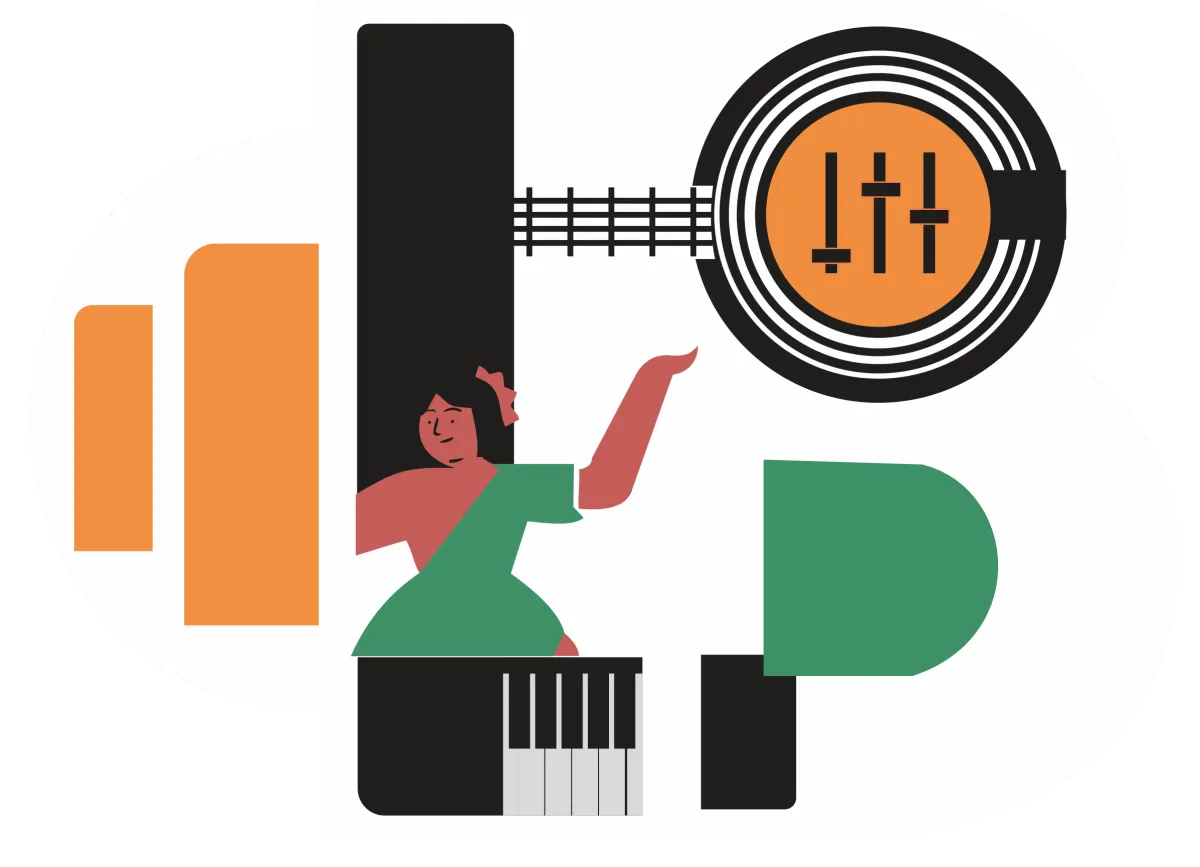
MUSIC SCHOOL
FLUTE
CLASSES
IN VAISHALI(GHAZIABAD)
FOR
ALL
AGES
EXAMS CONDUCT BY

Established in 1939, Gandharva Mahavidyalaya is one of the oldest and most distinguished cultural institutions of Delhi. Its role in imparting training to entire generations of music lovers and bringing Indian classical music and dance into the cultural mainstream is well acknowledged. It was founded by Pandit Vinaya Chandra Maudgalya, and is currently headed by Pandit Madhup Mudgal.
About flute
A transverse, keyed woodwind instrument primarily made of metal, though historically it was made of wood or other organic materials
Key Features
Sound Production:Sound is produced by blowing air across a sharp edge, creating a vibrating column of air.
Pitch Change:Holes along the flute's body are covered by the fingers or opened by keys to change the pitch.
Materials:Modern flutes are typically made of silver or silver alloys, with some using gold, platinum, or other materials.
Range:The flute's range is typically from middle C to the C three octaves higher.
History:Flutes have a long history, with evidence of their use dating back thousands of years.
Parts of the Flute:
Head Joint:Contains the embouchure hole, where the player blows into the instrument.
Body:The main section of the flute with finger holes.
Foot Joint:The lower part of the flute, which can extend the lowest note played.
Types of Flutes
Piccolo
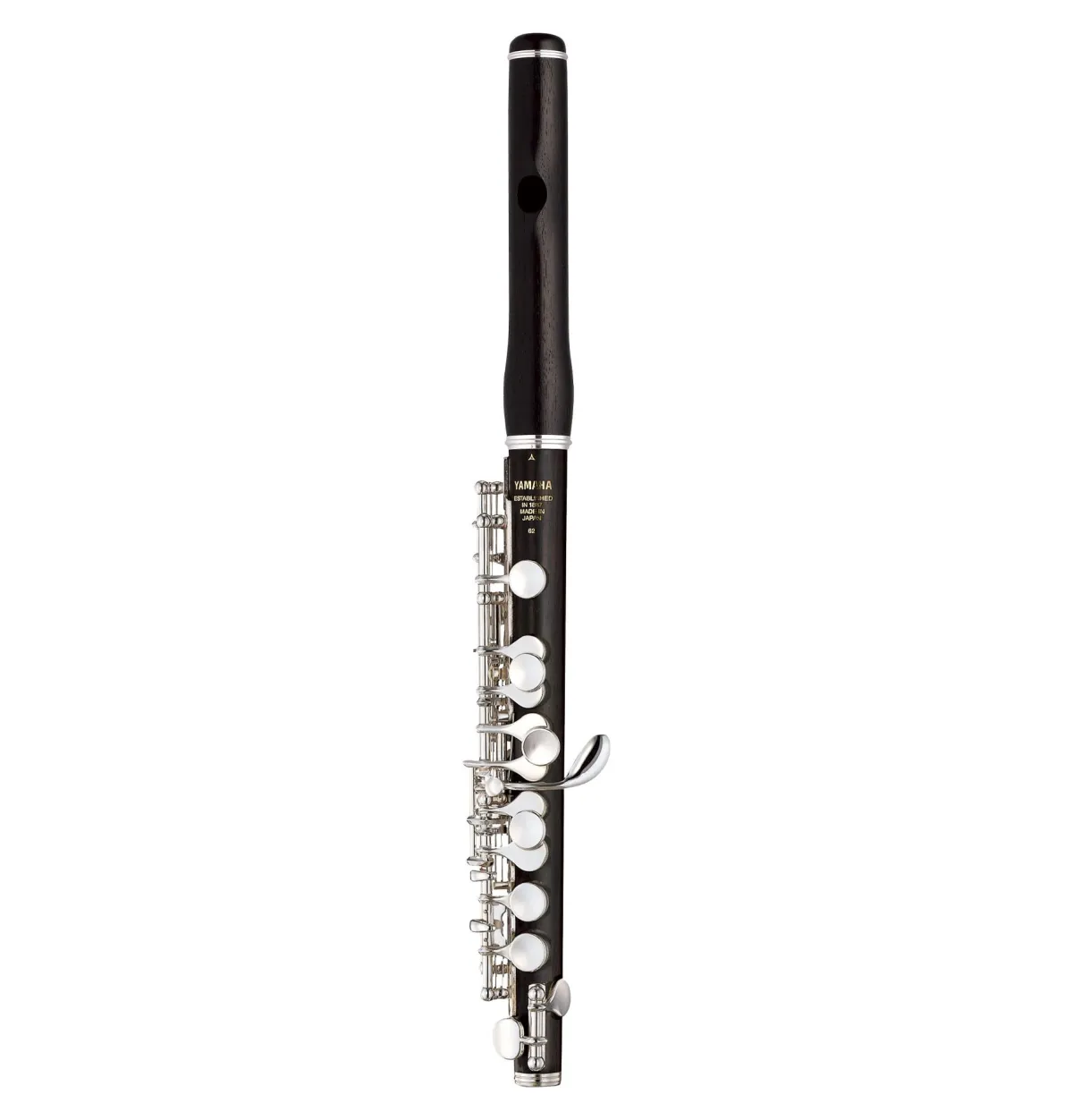
A higher-pitched flute, typically used in orchestras and bands.
Alto Flute
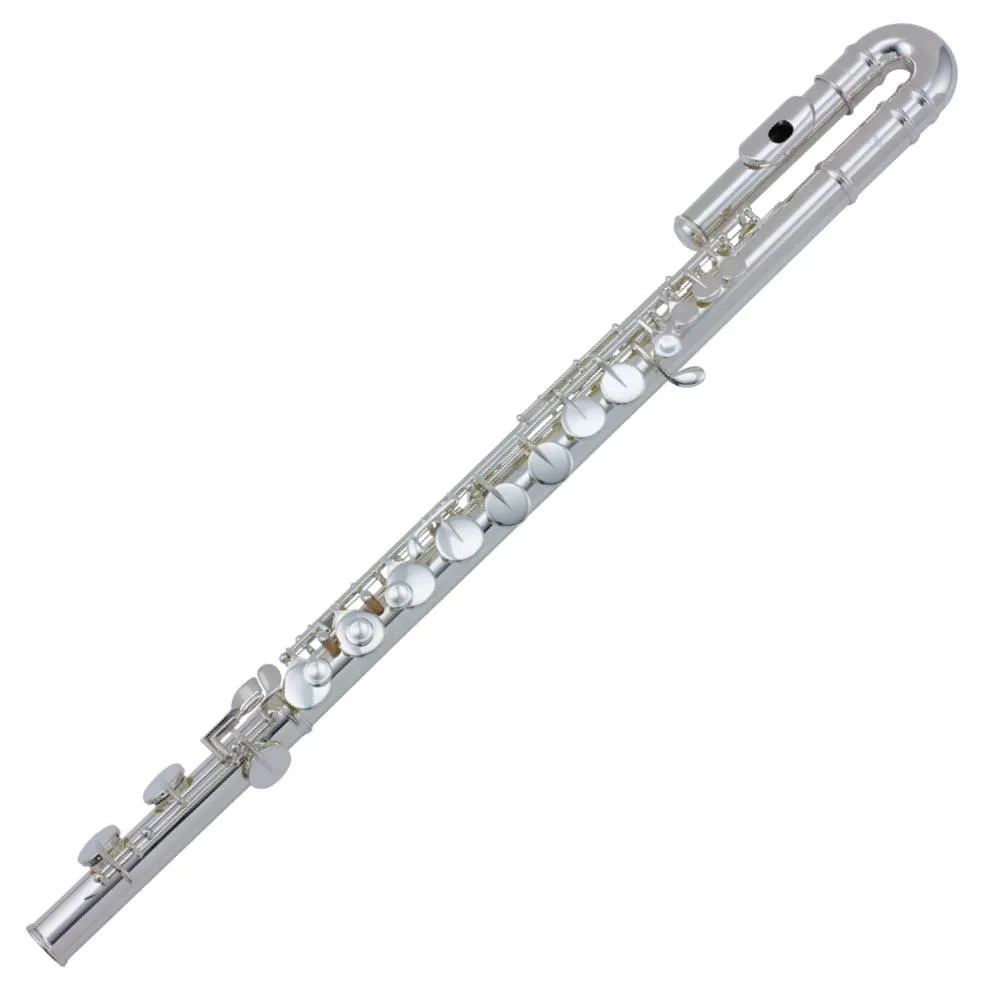
A lower-pitched flute, used less frequently
Bass Flute
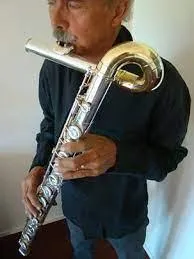
The lowest-pitched flute, rarely used.
Bansuri
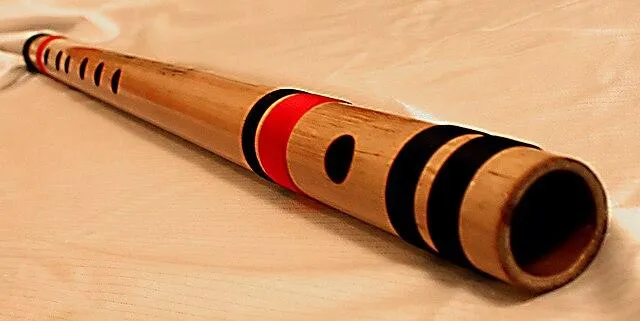
A bansuri is
an ancient side-blown bamboo flute originating from the Indian Subcontinent. It is an aerophone produced from bamboo
Other Information: